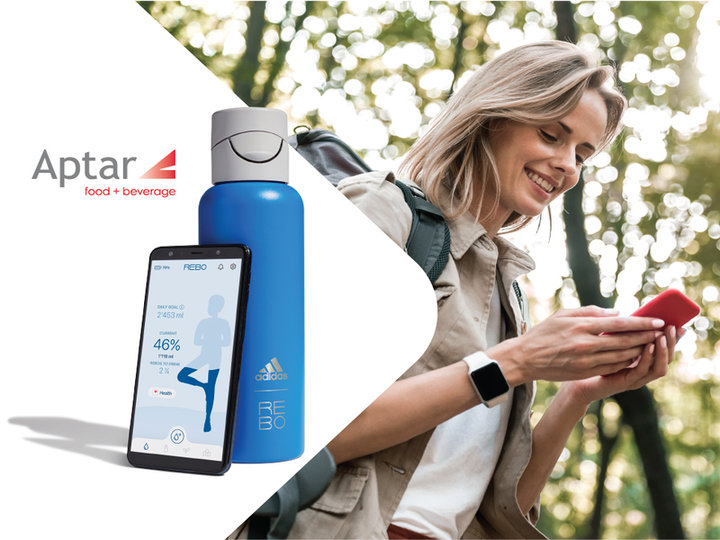interview
Smart packaging - The future is now
The use of technology in packaging not only provides consumers with useful information but also breeds brand loyalty. Inside Drinks’ Jessica Paige takes a closer look at what smart packaging actually is and hears from David Rogers, marketing manager at US-based IT & services provider Blue Bite, about why packaging companies must get ahead of the curve.

T
he packaging industry is getting smarter. According to Data Bridge Market Research, smart packaging is forecast to be worth in the region of US$48.5bn by 2027. Already, many brands are incorporating technology such as QR codes, app integration and near-field communication (NFC) tags, into their packaging as a way to enhance the customer experience.
David Rogers has been marketing manager at New York-based Blue Bite since early-2019. Typically, he explains, smart packaging can be split into two categories.
“Active packaging improves its product,” says Rogers. “One example is food packaging made of materials that reduce the amount of moisture that reaches the food. Intelligent packaging, on the other hand, features sensors or other technologies that serve intelligent functions.
“A popular subset of intelligent packaging is connected packaging, which incorporates connecting technologies like NFC tags, RFID chips or QR codes into the packaging.”
Intelligent Packaging - Tell us more. And more
In June, Aptar Food & Beverage partnered with water bottle producer REBO to introduce a smart reusable bottle that uses Bluetooth technology installed in the cap to help the consumer keep track of the amount of water they consume. The bottle can be connected to an app designed to ensure the consumer stays hydrated and can implement health targets.
The technology will also notify the user of their environmental contribution from using the bottle and allow them to earn credits based on the frequency of refill.

REBO, adidas and Parley partnered to develop a limited-edition bottle for Run for the Oceans. Credit: AptarGroup
A month later, multinational cereal manufacturer Kellogg’s claimed a “world-first”: ‘Navilens’, which is similar to a QR code, comprises high-contrasting coloured squares on a black background that the user can scan using a phone. The technology, which has been designed to help blind users, directs to a page with a ‘read-aloud’ option that details product information, including ingredients as well as allergen and recycling information. Navilens will roll out early next year.
“When consumers tap or scan these connecting technologies with their phones, they launch an app or other digital experience that becomes a digital extension of the physical packaging,” says Rogers. “Innovative brands are doing far more than simply using this as a chance to connect the consumer to a static website, and instead are building context-based apps and experiences that consumers want to engage with over and over again.
“There is a variety of practical-use cases for these applications, including direct-to-consumer reorders and sales of related products, as well as product authentication and the ability to get consumers involved with brand sustainability initiatives.”
Get ahead or get left behind
According to Rogers, one of the main reasons businesses should be investing in smart packaging is to provide added value to the consumer. Today's consumer demands more from their products, and smart packaging is a way for brands to meet this demand.
“Consumers want to know the origin of the products they buy, for example,” says Rogers. “When brands use smart packaging as a means to connect with consumers through a dynamic mobile experience or app, they offer value that goes far beyond a traditional label.
“They can show consumers the entire supply chain, from sourcing to manufacture to delivery, providing a holistic look at where the product is from, what's in it, and how it got to them. Brands can continue the circle by giving consumers easy ways to recycle, resell or reuse the item.”
The value in smart packaging goes beyond being informative. This can be seen in the products by Aptar and Kellogg's, which offer the consumer an interactive experience, one being as a way to track hydration and become aware of their environmental impact, the other as an accessibility tool.
But, what’s in it for me?
“The value added by smart packaging is a two-way street,” says Rogers. “While brands can use digital experiences to offer more, they are also building direct relationships with the consumers that interact with their products.
“This is particularly important for brands that sell through retailers, which have less of an opportunity to establish a direct relationship with consumers.”
When the consumer interacts with the packaging, they are interacting with the brand. As a result, the brand is then able to start a relationship with the consumer that goes beyond the original purchase, thereby creating - and increasing - loyalty to the brand.
Rogers adds: “When packaging is engaged with, brands can get real-time analytics to see how their products are being used after the sale, something they typically have been unable to access.”
The ever-increasing popularity of smart packaging, then, is easy to understand. From the use of technology to track usage to enhanced accessibility, there really is something for everyone in this field.
Main image credit: elenabs / Getty Images